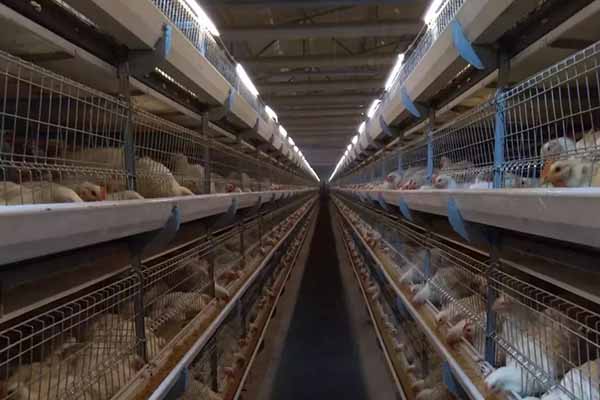Solar-Powered Poultry Farm Systems: Revolutionizing Efficiency in Chicken Farming
Introduction to Solar-Powered Chicken Farming
In the ever-evolving world of agriculture, the integration of renewable energy sources like solar power into poultry farming is becoming increasingly popular. This not only helps in reducing operational costs but also contributes to a greener, more sustainable future. Solar-powered poultry farm systems offer a cost-effective and eco-friendly alternative to traditional energy sources, making them an attractive option for chicken farmers and investors alike.
Benefits of Solar-Powered Poultry Farming
– Cost Reduction: By harnessing solar energy, poultry farms can significantly cut down their electricity bills.
– Sustainability: Utilizing solar power reduces carbon footprint and contributes to a cleaner environment.
– Energy Reliability: Solar energy systems provide a stable and reliable power supply, reducing the risk of power outages.
– Rapid ROI: Despite the initial investment, solar-powered systems often offer a quick return on investment due to lower operational costs.
Components of a Solar-Powered Poultry Farm System
– Solar Panels: The heart of the system, converting sunlight into electricity.
– Inverters: These devices convert DC electricity from solar panels to AC electricity used by the farm.
– Battery Storage: Essential for storing excess energy for use during non-sunny periods.
– Grid Connection: Allows for the integration of solar energy into the existing power grid, enabling farmers to sell excess electricity back to the grid.
Case Study: ABC Chicken Farm
ABC Chicken Farm, a mid-sized poultry operation in rural America, installed a solar-powered poultry farm system. Within a year, the farm saw a reduction of 40% in electricity costs, and the system generated an additional $20,000 in revenue through grid-tied energy sales.
Implementation and Maintenance
Implementing a solar-powered poultry farm system requires careful planning and execution. Here’s a breakdown:
– Site Assessment: Evaluate the solar potential of the farm location.
– Design: Tailor the system to the farm’s specific energy needs.
– Installation: Ensure the installation is done by certified professionals.
– Maintenance: Regular checks and maintenance are crucial for the system’s efficiency and lifespan.
Conclusion
As the agriculture industry continues to embrace innovation, solar-powered poultry farm systems offer a promising solution for efficient and sustainable farming practices. With the right planning and implementation, these systems can provide significant cost and environmental benefits to chicken farmers and investors.
For more information or to receive a free chicken farming design and equipment quote from LIVI Machinery, feel free to leave a comment below.





